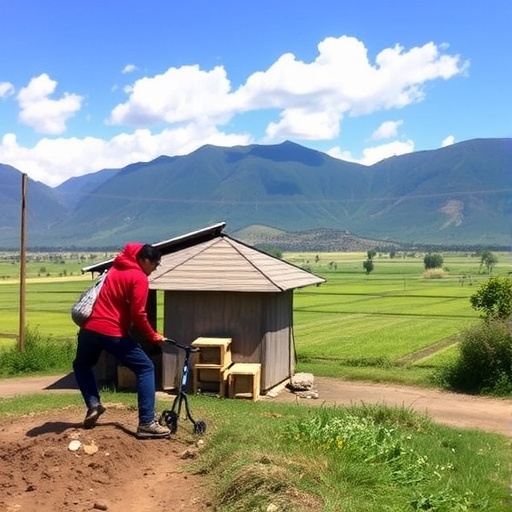Research offers promise for lung transplant patients
A new technique to rehabilitate lungs that are too damaged to be considered for transplant could benefit an increasing population of patients with end-stage lung disease.
About 80 percent of the already limited supply of donor lungs are too damaged to be considered for transplantation, according to senior author Matthew Bacchetta, MD, MBA, MA, associate professor of Thoracic and Cardiac Surgery at Vanderbilt University Medical Center.
Bacchetta and colleagues from Columbia University published a study today in Nature Communications that demonstrates a cross-circulation technique can maintain lungs for 36 hours, giving doctors time to rehabilitate the lungs and test new interventions.
The regenerated lungs also met criteria for transplantation, which isn’t possible with current methods that provide doctors about six hours to assess the lungs and not enough time to rehabilitate them.
“Our work has established a new benchmark in organ recovery,” Bacchetta said. “It has opened up new pathways for translational applications and basic science exploration. We have literally spent years refining this technology to improve the recovery and regeneration of organs.”
The new method could also be studied for other damaged organs such as hearts, kidneys and livers, he added.
Bacchetta’s study focused on lungs injured by gastric aspiration, or the introduction of material from the stomach to the lungs, because many lungs rejected for transplant have gastric aspiration or a similar type of caustic injury.
His study method to regenerate lungs in animal models resulted in significantly improved lung function, cellular regeneration, and time to develop diagnostic tools for non-invasive organ evaluation and repair.
As doctors refine the new technique, Bacchetta foresees expanding the 36-hour window to work on organs to days or even weeks, allowing more time to not only rehabilitate organs but also explore new techniques of repairing them.
“We were driven not just by the clinical need but also by a basic science need of being able to create a system that provides durable physiologic support for the organ to regenerate,” Bacchetta said.
Further study will be required to determine how well the rehabilitated lungs function, safety of the method, and how the lungs respond to immunosuppressive drugs given after transplantation.
“Dr. Bacchetta and his colleagues achieved a critical advance that could increase the number of organs available for transplant and realize the goal that no patient dies waiting for an organ,” said Seth Karp, MD, H. William Scott Jr. Professor and chair of the Section of Surgical Sciences.
###
The study was supported by grants from the National Institutes of Health (R01 HL120046, U01 HL134760, P41 EB002520), the Rick Bartlett Foundation and the Mikati Foundation.
Media Contact
Craig Boerner
[email protected]




